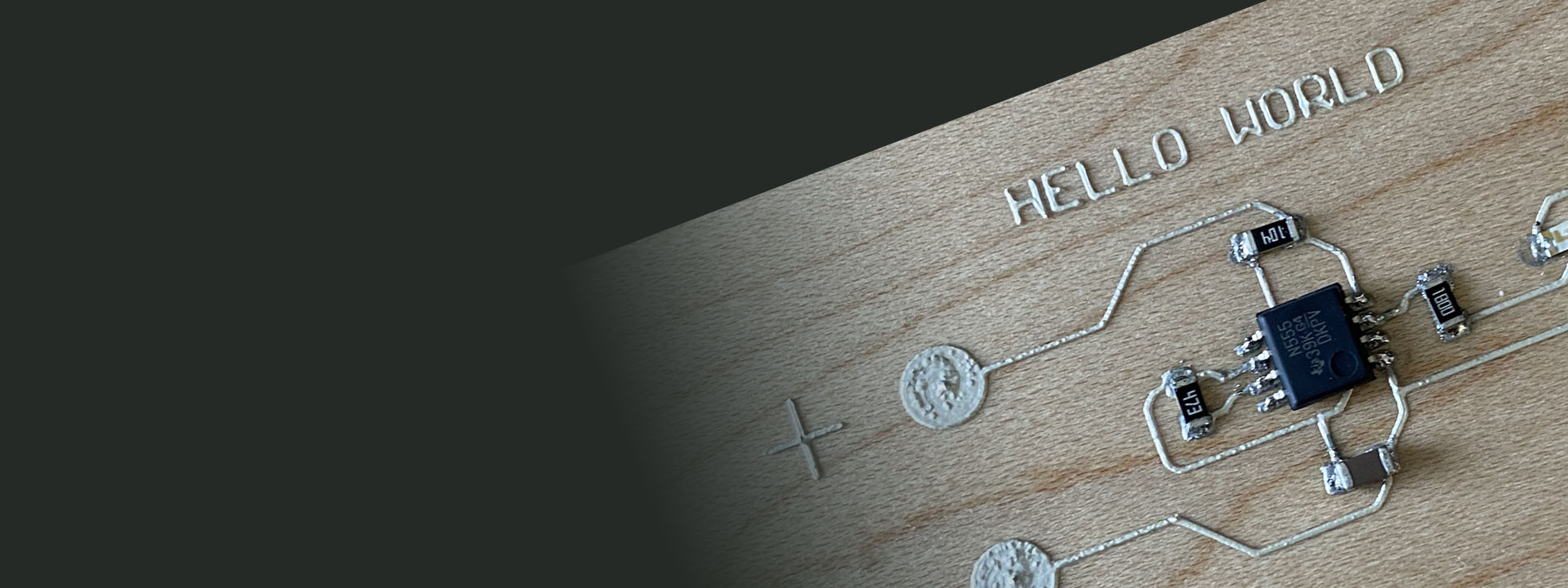
Sustainable PCBs
Printed circuit boards (PCBs) and integrated circuits (ICs) are ubiquitous in the IT industry. Only a fraction of PCBs and ICs are recycled, with the majority ending up in landfill or incinerated at end-of-life. Strategies for reducing natural resource utilization intensity and elimination of unsustainable materials in PCBs are therefore vital in mitigating environmental impacts of PCBs. As a result, we are working to develop more sustainable PCB substrate materials from renewable materials. In addition, we are working with University of California Irvine WISDOM research group (opens in new tab) to establish an interpretive framework for various end-of-life pathways for e-waste management with a focus on PCBs to inform best practices and decisions to invest in more environmentally sustainable PCBs.

Biodegradable plastics
Standard plastics are consumed at an unprecedented rate, which creates an enormous challenge to design materials suitable for high-volume applications that meet high performance and durability requirements while hitting sustainability targets. To mitigate the persistence of plastics in our environment while lowering embodied carbon, we are collaborating with the Roumeli research group (opens in new tab) at the University of Washington to create biodegradable plastics matching performance requirements that are compatible with industrial processing techniques.

Bio-concrete building materials
Concrete production accounts for 8% of annual global carbon emissions. With increasing urbanization and infrastructure demands, we need to develop alternative, low-embodied carbon solutions to reduce the carbon footprint of building materials. As part of our effort, we are collaborating with the Roumeli research group (opens in new tab) at the University of Washington to formulate next-generation bio-concrete. Not only do these materials impart additional mechanical properties but they also lower the environmental impacts of production.

